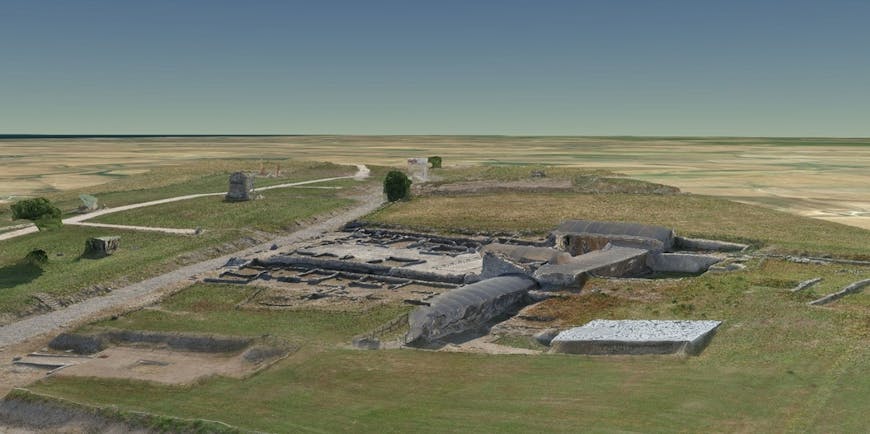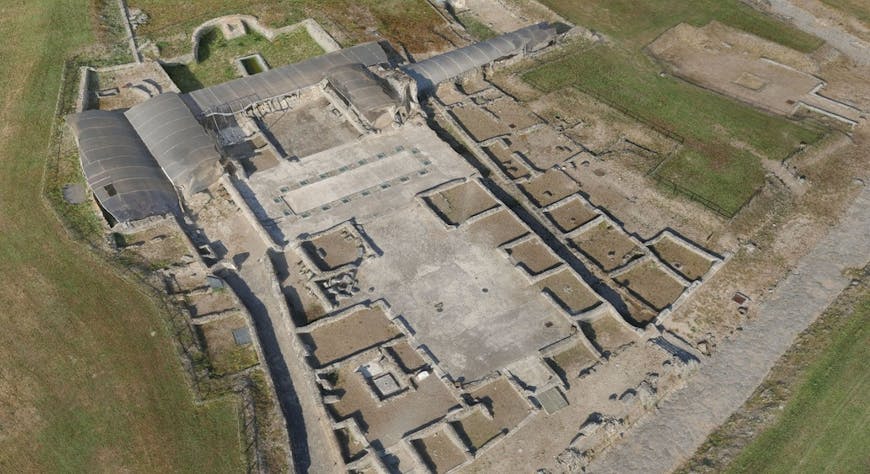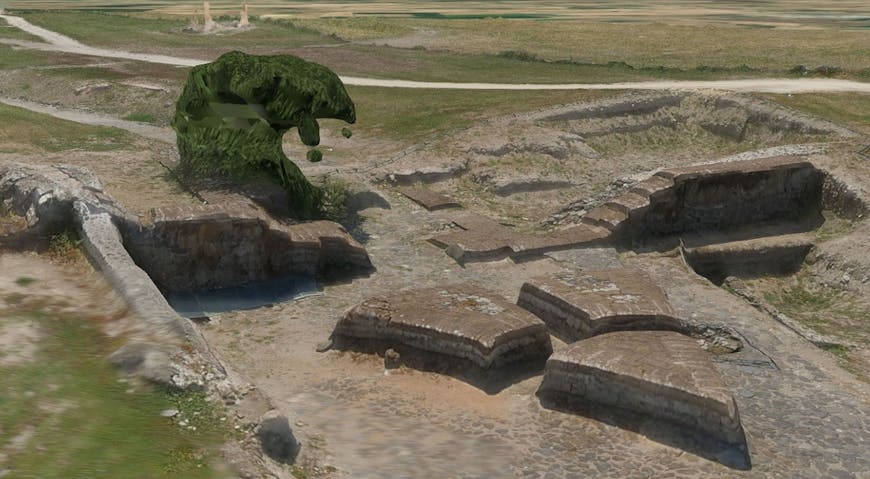Duke Using 3D Tiles for Excavation in Vulci
An important area for modern photogrammetry - and by extension, 3D Tiles - is artwork and archaeology. We recently started collaborating with a team from Duke that gathers photogrammetry data of the Vulci archaeological site in Italy.

Vulci dates back to before the Roman Empire, and the ruins were famous even in the 19th century as something of an archaeological jackpot. Duke’s photogrammetry data includes highlights such as the remnants of a large villa and a partially reconstructed Roman triumphal arch.


Here’s my best attempt at copying the photo from the Vulci page on Wikipedia:

The dataset includes 9,634 textures, totaling about 631 megapixels total. Configured as a square, that’s about 25,000 x 25,000 pixels.
As with the data provided by GERST Engineers, this dataset was exported from Agisoft PhotoScan in their LODTree format. Our massive models tiling pipeline combined the large number of small models from that format and re-subdivided the dataset into a tree better optimized for web streaming and rendering on Cesium.
As always, if you have photogrammetry models that you would like us to tile, feel free to email me at gary@cesium.com or tweet to @CesiumJS. Receiving multiple datasets from sources like Agisoft Photoscan or Bentley ContextCapture gives us a lot of information about what a lot of our users need and how we can make Cesium Composer as friendly as possible for their use cases.